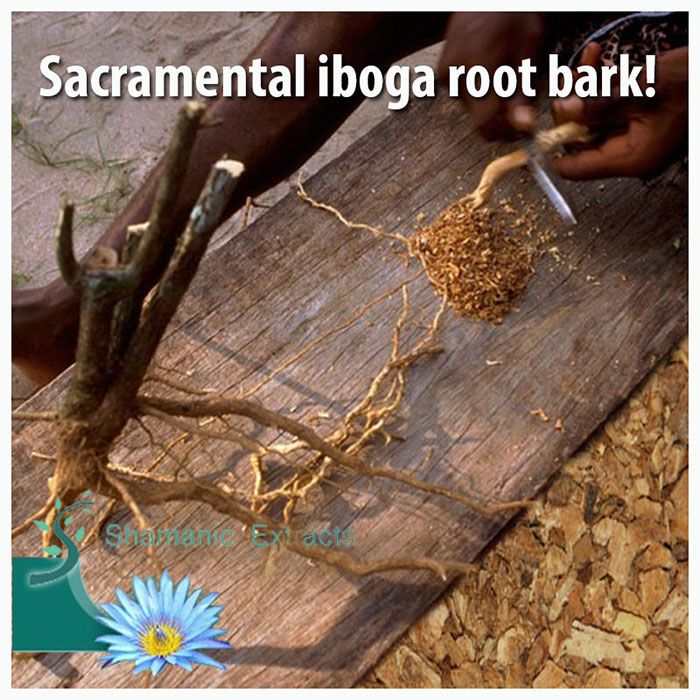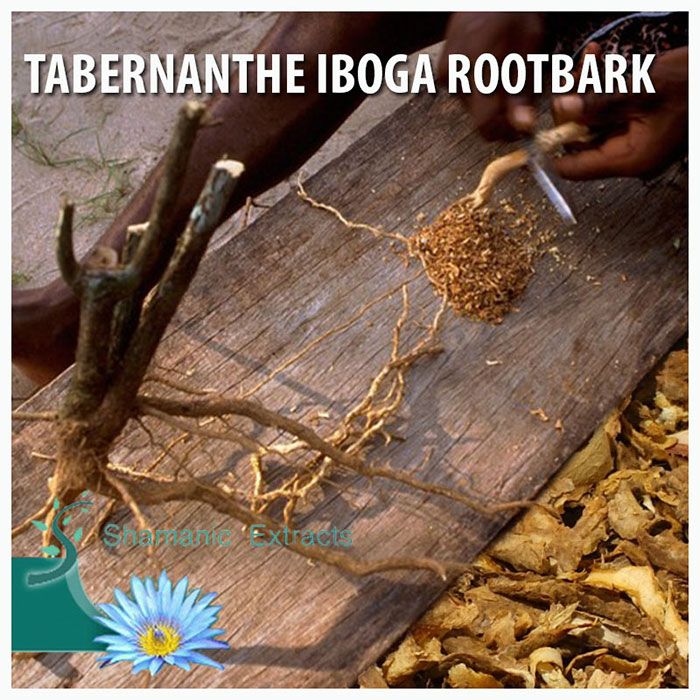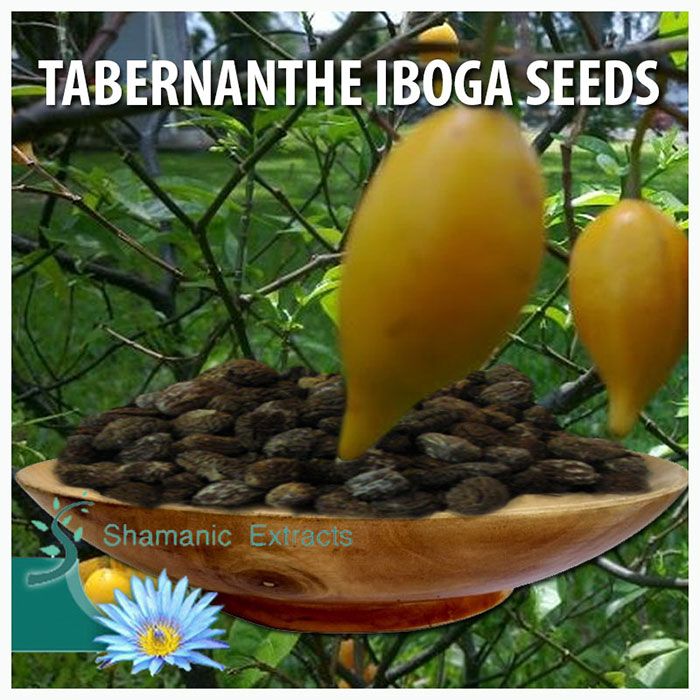Introduction
Iboga, a sacred plant native to Central and West Africa, has captured global attention for its profound psychoactive and medicinal properties. Revered for centuries by the Bwiti tradition in Gabon and surrounding regions, iboga rootbark is a cornerstone of spiritual practices and a potential ally in modern medicine for addiction recovery and mental health challenges. With increasing interest in sustainable cultivation, fresh iboga seeds offer a gateway to preserving this endangered species while meeting its growing demand.
This article delves into the origins, uses, and cultivation practices of iboga, offering insights into its profound benefits and practical tips for growing iboga plants from seeds.
What is Iboga?
Iboga (Tabernanthe iboga) is a perennial rainforest shrub native to countries such as Gabon, Cameroon, and the Democratic Republic of Congo. Traditionally, the plant’s rootbark has been used in initiation ceremonies and healing rituals due to its psychoactive alkaloids, particularly ibogaine. Known for inducing powerful spiritual experiences, iboga has become an essential tool for those seeking physical, emotional, or spiritual healing.
The Cultural Significance of Iboga
Iboga holds deep spiritual importance in Bwiti traditions, where it is considered a conduit for connecting with ancestors and achieving self-awareness. During ceremonies, participants consume iboga rootbark to embark on a transformative inner journey. The rituals are often accompanied by music, chanting, and communal support, amplifying the plant’s healing effects.
Understanding Iboga Rootbark
What is Iboga Rootbark?
The rootbark of the iboga plant contains ibogaine, a naturally occurring alkaloid that interacts with the brain’s neurotransmitters. Its therapeutic potential lies in its ability to reset addictive patterns and provide insights that facilitate emotional healing.
Medicinal Uses of Iboga Rootbark
- Addiction Treatment: Ibogaine, extracted from the rootbark, is gaining recognition for its ability to interrupt dependency on substances like opioids, alcohol, and stimulants.
- Mental Health: Anecdotal evidence suggests iboga can help alleviate symptoms of depression, anxiety, and PTSD by fostering introspection and clarity.
- Spiritual Awakening: Many users report profound insights and a renewed sense of purpose after an iboga experience.
How to Prepare and Consume Iboga Rootbark
Iboga rootbark is typically dried and ground into a fine powder before consumption. Dosages vary based on the purpose, with microdoses used for daily mental clarity and larger doses reserved for ceremonial or therapeutic use.
Sustainable Cultivation of Iboga
Why Grow Iboga?
Overharvesting in the wild has endangered iboga populations, making cultivation a vital step toward sustainability. Growing iboga ensures a steady supply for therapeutic use and protects the species from extinction.
Fresh Iboga Seeds: The Key to Success
Fresh iboga seeds are critical for successful germination, as they lose viability quickly after harvest. Sourcing seeds from reputable suppliers or ethical growers is essential for starting your cultivation journey.
How to Grow Iboga from Fresh Seeds
Preparing the Seeds
- Seed Selection: Choose plump, undamaged seeds with a moist appearance, indicating freshness.
- Soaking: Soak seeds in warm water for 24-48 hours to soften the outer shell and promote germination.
- Buy fresh Iboga seeds easily from the Shamanic Extracts webshop
Soil Requirements
Iboga thrives in well-draining, nutrient-rich soil with a slightly acidic pH. Mixing organic compost with sand or perlite can enhance drainage and fertility.
Ideal Growing Conditions
- Temperature: Maintain a warm climate between 25-30°C (77-86°F).
- Humidity: High humidity levels mimic the plant’s natural rainforest habitat.
- Light: Provide partial shade or filtered sunlight to protect young plants from scorching.
Planting the Seeds
- Sow the seeds about 1-2 cm deep in moist soil.
- Cover lightly with soil and water gently to keep the medium damp but not waterlogged.
- Place the pot in a warm, humid environment, such as a greenhouse or terrarium.
Caring for Iboga Plants
- Watering: Regular but moderate watering is key; avoid overwatering to prevent root rot.
- Fertilization: Use organic fertilizers sparingly to promote healthy growth.
- Pest Management: Monitor for common pests like aphids and treat with natural remedies if necessary.
- Pruning: Prune the plant periodically to encourage bushier growth and prevent overcrowding.
Harvesting and Processing Iboga Rootbark
When to Harvest
Iboga plants typically take 4-7 years to mature before their rootbark can be sustainably harvested. Mature plants exhibit thicker roots with a deep brown outer bark.
Harvesting Techniques
Sustainability is paramount. Instead of uprooting the entire plant, carefully trim sections of the root, allowing the shrub to regenerate.
Drying and Storage
- Drying: Slice the harvested rootbark into thin strips and dry them in a well-ventilated area.
- Storage: Store the dried bark in airtight containers, away from light and moisture, to preserve potency.
Iboga’s Role in Modern Medicine
Ibogaine Research
Studies highlight ibogaine’s efficacy in treating addiction by resetting the brain’s reward system. Clinical trials are underway to explore its potential as a mainstream therapy.
Challenges and Controversies
While promising, ibogaine therapy remains controversial due to legal restrictions and potential side effects, such as cardiac risks. Its use requires careful medical supervision.
Preserving Iboga Through Conservation Efforts
Organizations are working to protect iboga by promoting ethical harvesting practices, reforestation projects, and community-driven cultivation. Supporting these initiatives ensures future generations can benefit from this sacred plant.
FAQs
What is the difference between iboga and ibogaine?
Iboga refers to the entire plant, while ibogaine is a specific psychoactive compound extracted from the rootbark.
How long does it take for iboga seeds to germinate?
Fresh iboga seeds typically germinate within 3-6 weeks under optimal conditions.
Can iboga be grown indoors?
Yes, iboga can be cultivated indoors if provided with adequate light, warmth, and humidity.
Is iboga rootbark legal?
Legality varies by country; some classify iboga or ibogaine as controlled substances. Research local laws before use or cultivation.
How is iboga rootbark traditionally consumed?
It is often ground into a powder and ingested in ceremonial doses during spiritual or healing rituals.
Are there risks associated with iboga use?
Yes, iboga can pose risks, including heart complications and psychological distress. Always consult a healthcare provider before use.
Conclusion
Iboga represents a profound intersection of tradition, medicine, and spirituality. By understanding its uses, cultivating fresh seeds responsibly, and supporting conservation efforts, we can honor this sacred plant’s legacy while unlocking its transformative potential.

![Introduction Iboga, a sacred plant native to Central and West Africa, has captured global attention for its profound psychoactive and medicinal properties. Revered for centuries by the Bwiti tradition in Gabon and surrounding regions, iboga rootbark is a cornerstone of spiritual practices and a potential ally in modern medicine for addiction recovery and mental health […]](https://shamanic-extracts.com/wp-content/uploads/iboga.jpg)


